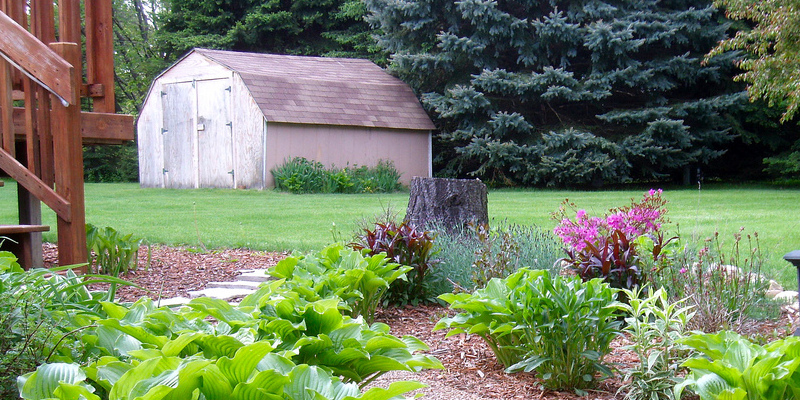
Corn (Zea mays) is a kind of grass as well as a standard vegetable, including broadly consumed sweet corn, and decorative corn that’s prized for the combined shades of kernels more than style. Corn crops prosper through 45 in Sunset climate zones 2 and need abundant soil with nitrogen and sufficient moisture to create a high quality crop. Corn stalks develop 5 to 12-feet tall and every plant can generate several ears of corn. 600 kernels or even more may be produced by each ear, which it is possible to germinate to create more corn crops.
Locate an area in the backyard where the sunlight will not be blocked by the corn from other crops at height. The soil temperature should be at least 60 degrees Fahrenheit, so wait to plant corn until May.
Till the soil using a garden tiller into a depth of 6 to 8″; tilling the soil controls weed infestations that are shallow. The soil in a number of blocks of rows spaced 24 to 36-inches apart for germination.
Spread several inches aged organic or manure compost on the backyard bed soil using a shovel. Till the soil using a garden tiller to completely integrate the manure and compost. Compost and manure act as natural fertilizer to add nutrients to the soil.
Water on the garden area using a hose to saturate the soil; corn is a large feeder that needs soil that is fertile. Be certain not to soak the soil although moist soil is needed. Well- soil should type a ball that is somewhat crumbly when squeezed in the palm of your hand.
Poke holes 12 to 15-inches apart. spaced to the soil using a wood rod or your finger 1 to 1 1/2 inch-deep and Place 2-3 corn kernels per hole.
Fill to protect the kernels and press to ensure contact between soil and the kernels.
Water on the block rows using a hose to moisten the soil and kernels. Water the rows often to ensure correct germination and corn plant progress also to keep the s Oil moist.
Pull weeds manually or use a garden hoe to remove weeds as they increase. Weeds contend with the corn plants for nutritional elements and dampness, which might result in plant death or inadequate crops.
Thin seedlings when they protrude through the s Oil, leaving only the plant that is most readily useful from every hole. Because perhaps not all kernels are fully guaranteed to germinate kernels are planted in each hole. Leaving over one plant per area prospects to over crowding and inadequate progress, although with 2-3 kernels in every single hole, the odds are higher that a T least one plant will arise.